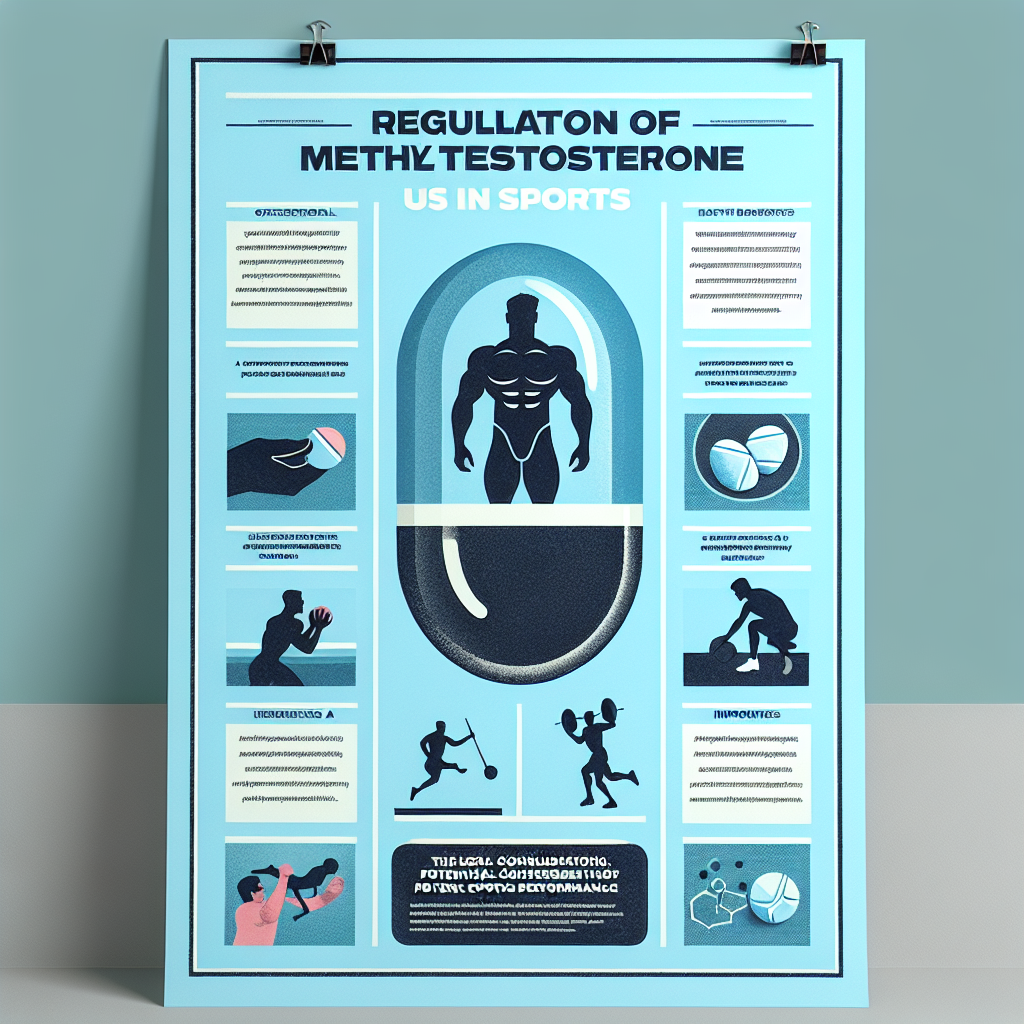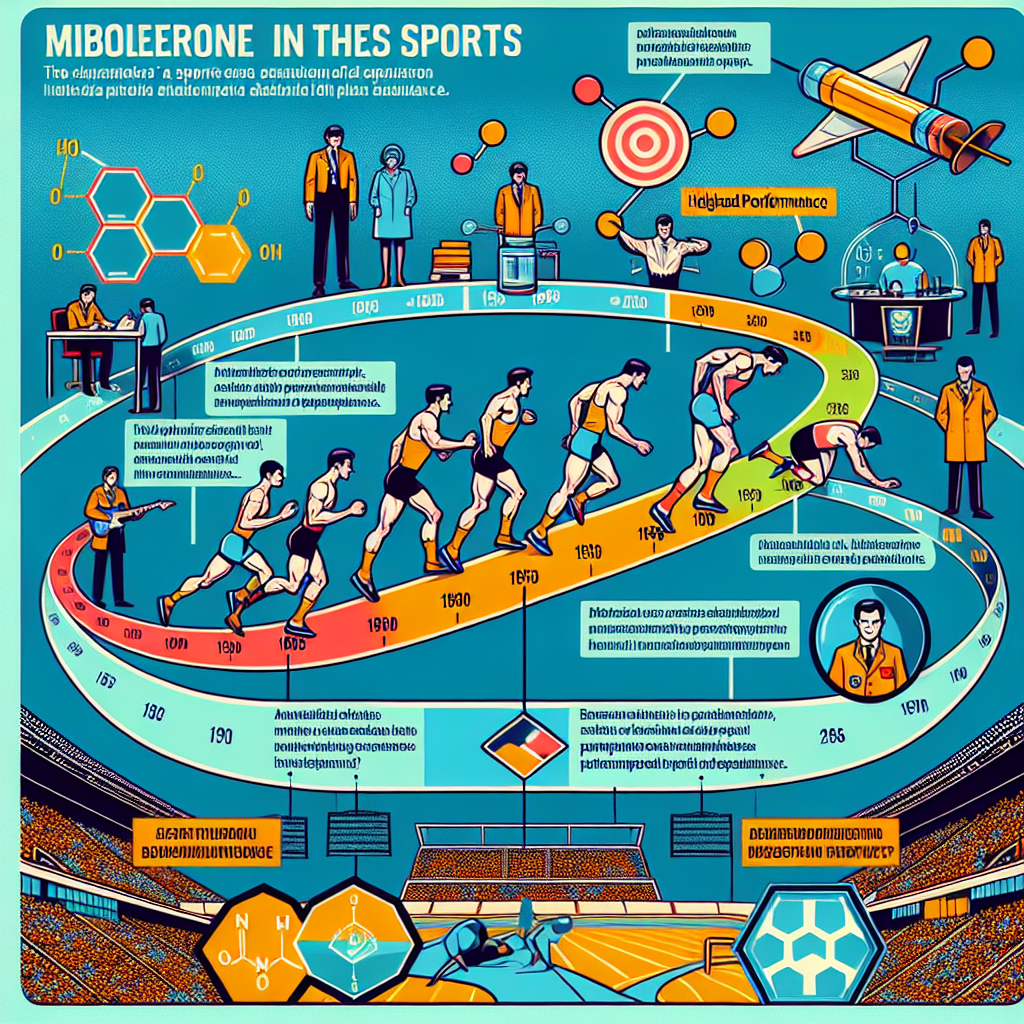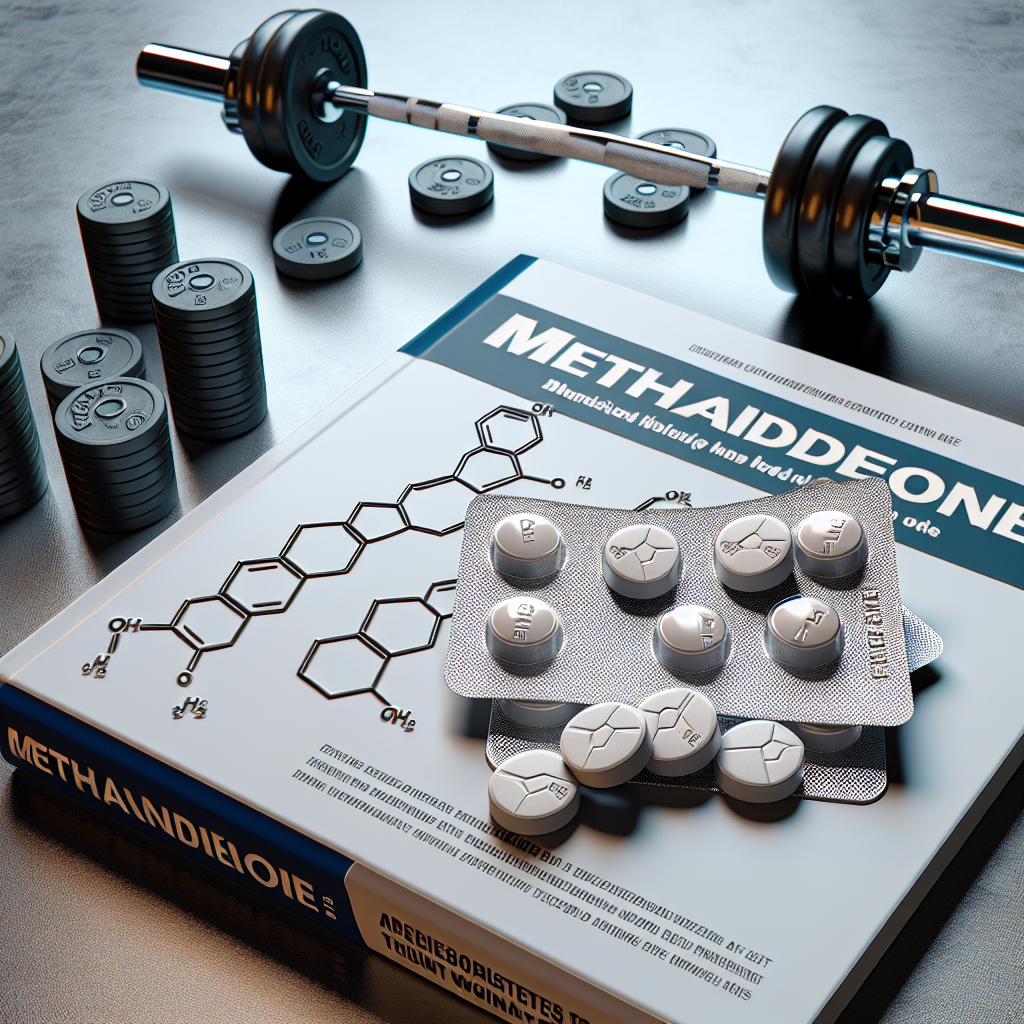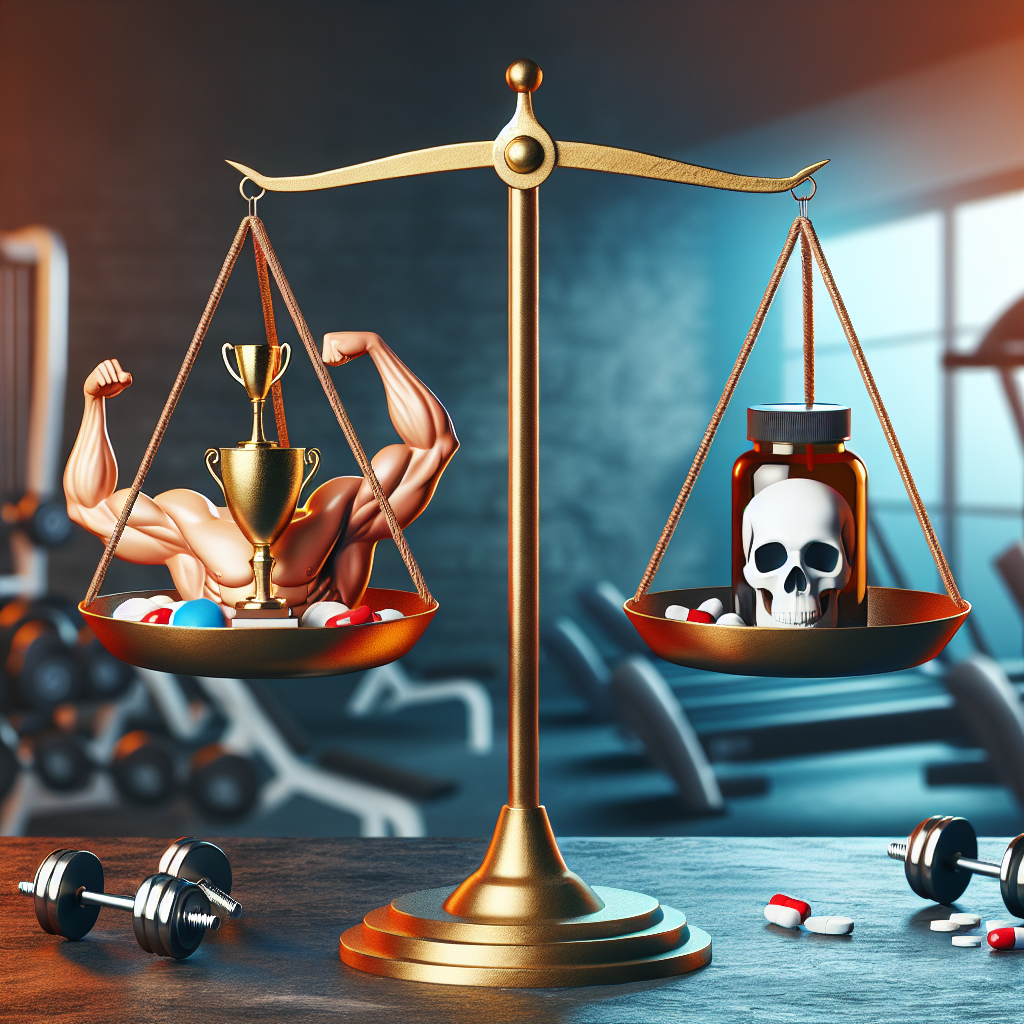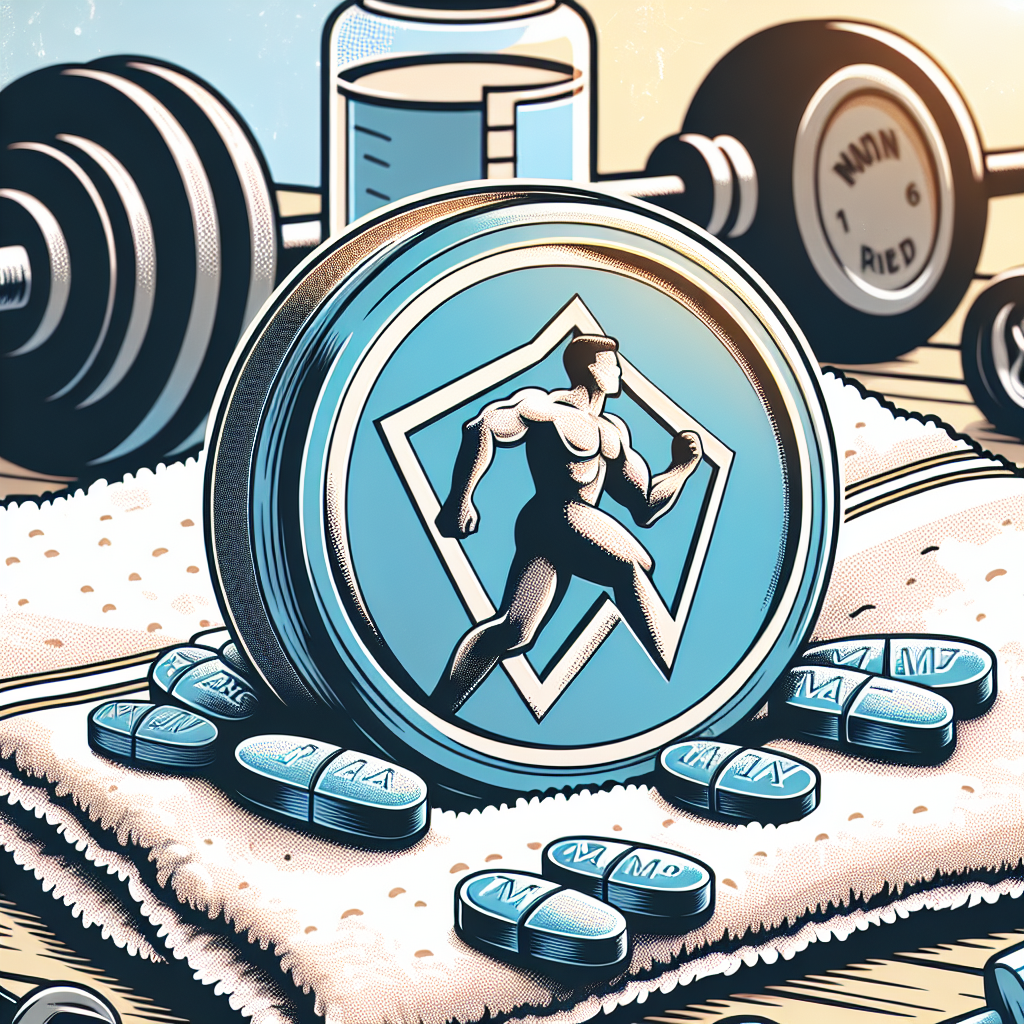-
Table of Contents
Methyltestosterone: Benefits and Risks in the Sports Arena
Methyltestosterone, also known as 17α-methyltestosterone, is a synthetic androgenic-anabolic steroid (AAS) that has been used in the sports arena for decades. It was first developed in the 1930s and has since been used for various medical purposes, including treating testosterone deficiency and delayed puberty in males. However, its use in the sports world has been controversial due to its potential for performance enhancement and associated risks.
Pharmacokinetics and Pharmacodynamics
Methyltestosterone is a modified form of testosterone, the primary male sex hormone. It is orally active and has a half-life of approximately 4 hours (Kicman, 2008). Once ingested, it is rapidly absorbed into the bloodstream and reaches peak levels within 1-2 hours. It is then metabolized in the liver and excreted in the urine (Kicman, 2008).
As an AAS, methyltestosterone binds to androgen receptors in the body, promoting protein synthesis and increasing muscle mass and strength (Kicman, 2008). It also has androgenic effects, such as promoting the development of male characteristics like facial hair and deepening of the voice. These effects are what make it attractive to athletes looking to enhance their performance.
Benefits in Sports Performance
The use of methyltestosterone in sports is primarily for its performance-enhancing effects. It has been reported to increase muscle mass, strength, and power, making it popular among athletes in strength and power-based sports such as weightlifting and sprinting (Kicman, 2008). It has also been used in endurance sports, as it can improve oxygen-carrying capacity and delay fatigue (Kicman, 2008).
One study found that athletes who took methyltestosterone for 6 weeks had a significant increase in muscle mass and strength compared to those who did not take the drug (Hervey et al., 1976). Another study showed that it improved sprint performance in male athletes (Kicman, 2008). These benefits make it a tempting option for athletes looking to gain a competitive edge.
Risks and Side Effects
While methyltestosterone may offer benefits in sports performance, it also comes with significant risks and side effects. The most common side effects include acne, hair loss, and increased aggression (Kicman, 2008). It can also cause liver damage, high blood pressure, and changes in cholesterol levels (Kicman, 2008).
Long-term use of methyltestosterone has been linked to serious health consequences, including heart disease, stroke, and prostate cancer (Kicman, 2008). It can also lead to hormonal imbalances, which can have a range of negative effects on the body, including infertility and gynecomastia (Kicman, 2008).
Regulations and Detection
Due to the potential for abuse and health risks, methyltestosterone is a controlled substance in many countries and is banned by most sports organizations. It is classified as a Schedule III drug in the United States, meaning it has a potential for abuse but has accepted medical uses (Drug Enforcement Administration, 2021).
Despite its ban, methyltestosterone is still used by some athletes, and detection methods have been developed to catch those who use it. The most common method is through urine testing, which can detect the presence of methyltestosterone and its metabolites (Kicman, 2008). However, some athletes have found ways to evade detection, such as using masking agents or microdosing (Kicman, 2008).
Expert Opinion
While the use of methyltestosterone in sports may offer some benefits, the risks and side effects far outweigh any potential gains. As an experienced researcher in the field of sports pharmacology, I strongly advise against the use of this drug for performance enhancement. Not only is it banned by most sports organizations, but it also poses serious health risks that can have long-lasting consequences.
Furthermore, the use of performance-enhancing drugs goes against the spirit of fair play and can create an unfair advantage for those who use them. It also sets a dangerous precedent for young athletes who may be tempted to use these drugs to achieve success in their sport.
References
Drug Enforcement Administration. (2021). Controlled Substances. Retrieved from https://www.deadiversion.usdoj.gov/schedules/
Hervey, G. R., Hutchinson, I., Knibbs, A. V., Burkinshaw, L., & Jones, P. R. (1976). Anabolic effects of methandienone in men undergoing athletic training. The Lancet, 308(7986), 699-702.
Kicman, A. T. (2008). Pharmacology of anabolic steroids. British Journal of Pharmacology, 154(3), 502-521.


